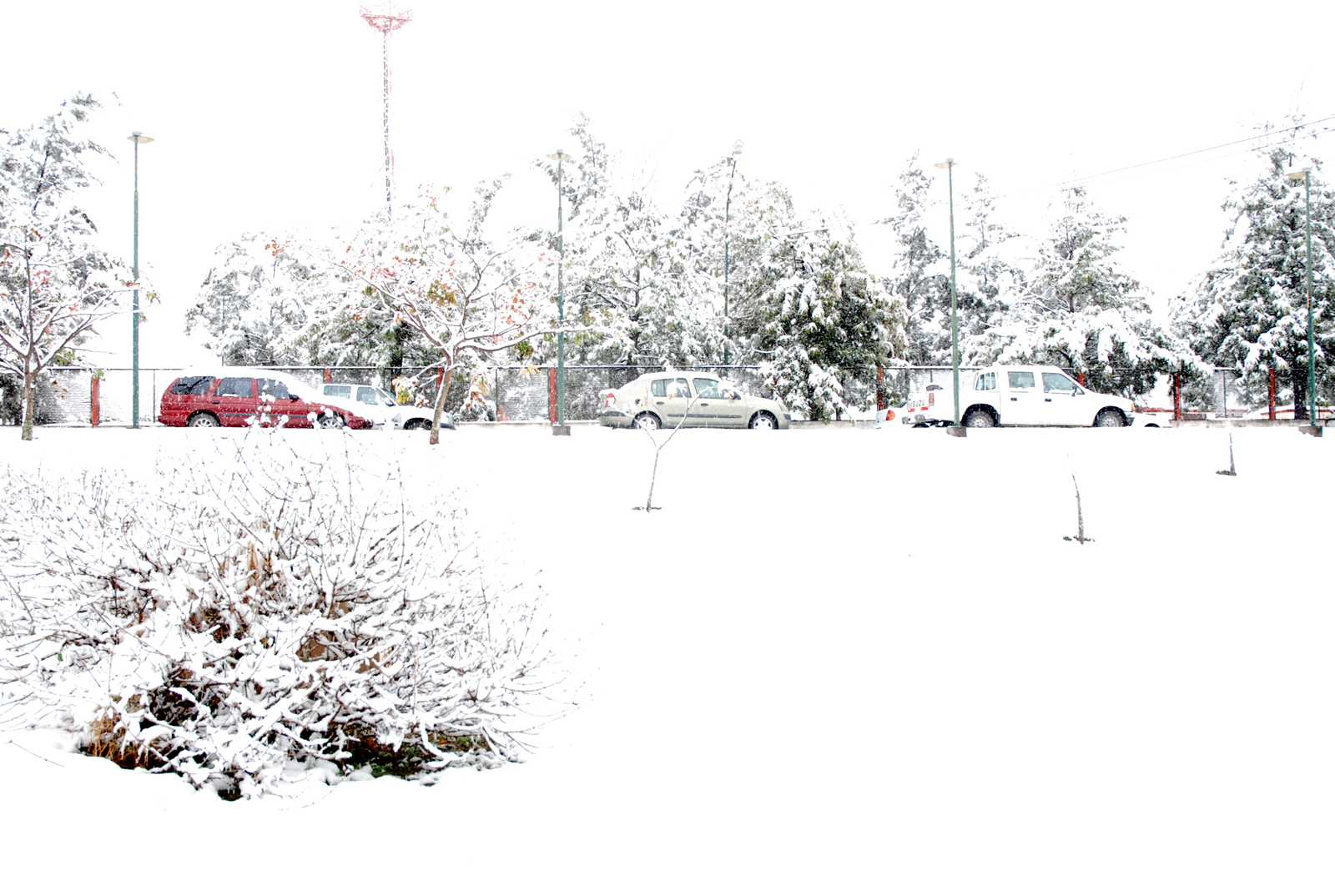With winter knocking on the door, it is time to face the hurdles of driving in cold weather and find out how you can take good care of your vehicle despite the salted streets, icy roads, freezing temperatures and heavy snow.
Here are some tips to help you out:
- Batteries might not operate well during cold weather, so conduct a volt test before winter starts to ensure they are in good working condition. If not, please get the battery replaced so you don’t end up stranded due to your car suddenly stopping in the middle of the road!
- Coolant, also known as antifreeze, is tremendously important, as it keeps the engine from freezing in cold temperatures. The car can’t be low on coolant during winter nor should there be leaks in the engine for it to drain out. A 50/50-mix of coolant and water in radiators is recommended, which usually results in a lower engine freezing point than just coolant.
- Keep your gas tank full so accumulated water doesn’t freeze inside the fuel pump, while keeping you warm by allowing the engine to stay running if you get stuck.
- Check to see if your vehicle’s lights are functioning as they should be, as days in winter end quicker while evening sets in. If a bulb is out, fix it before winter starts, and if there is snow covering any exterior light, please remove it right away. Foggy or yellow lights need to be replaced or restored.
- If your car doesn’t have all-season tires, it is imperative to get a set of winter tires right away – this is necessary if you live in areas where temperature drops below 45 degrees. Winter tires provide better traction while turning and are more capable of staying flexible at low temperatures.
- Don’t forget to keep tabs on tire pressure – if it is too low (happens due to low air pressure in winter), it could result in premature tire wear or potential tread separation, which might lead to a major accident. Fill them up to the required level at a gas station in case they are underinflated.
- Check the defroster and its climate control system to ensure both are working properly. The former prevents windows from icing up, while the latter aids in keeping you warm and cozy.
Follow these pointers during the colder months so your car is in good condition, while you can drive safely.
